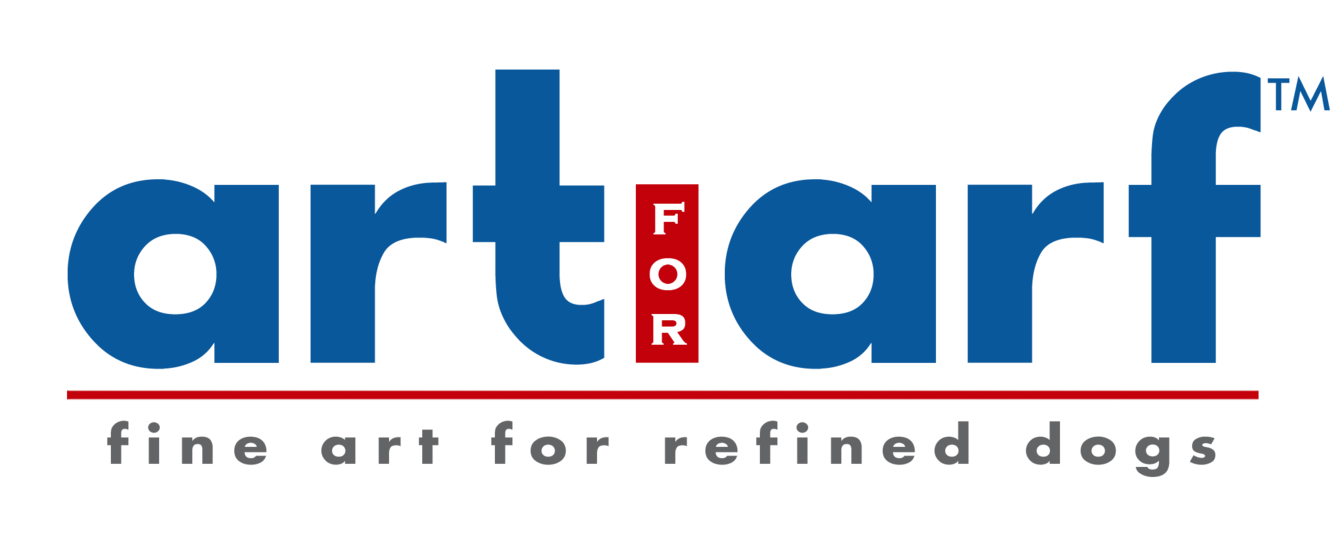Popular belief has it that dogs can see only in black, white or shades of gray, but that couldn't be further from the truth. Research studies have confirmed that though their color-receptor cells are not as evolved as humans, dogs can actually perceive and enjoy color vision.

In 1989, researchers at the University of California in Santa Barbara studied the color vision of three dogs - two greyhounds and a toy poodle to test their color vision. During the test trials, dogs were shown three light panels in a row - two were the same color, while the third was different. The dogs' task was to find the one that was different and to press that panel. If the dog was correct, he was rewarded with a treat that the computer delivered to the cup below that panel.
The study confirmed that dogs actually do see color, though fewer than we humans do. That's because, we have three types of cones in our eyes, each one containing cells sensitive to its own color: red, green, and blue. In other words, we're trichromatic. Dogs, on the other hand are dichromatic, so they only have two kinds of receptors: blue and yellow. So next time you’re wondering why your dog can’t seem to find that red toy in the green grass, you know why.

By Steffen Heinz (Wikipedia)
On the other hand, an average dog's eyes are better than humans in more ways than one. They're about 20 times more sensitive to any movement at a much longer distance. They also have a much wider peripheral vision and are really well adapted to night vision. Their vision probably evolved this way to make them efficient hunters of fast moving prey even with limited light.
A dog's perception of the world is also very different from our view. What we see as yet another fire hydrant is a communications center for a dog. When you see someone walking a dog, your dog sees an elite member of the Canis Familiaris pack. And what looks like a bowl of food to you, is a command to open the drool gates to your dog.
Inspired by these incredible findings, a team of digital artists at 'Art for Arf' has created a series of fine photo art pieces to stimulate the pleasure center of your dog's brain, and add some creative flair to your living space. Follow your nose to art4arf.com.

